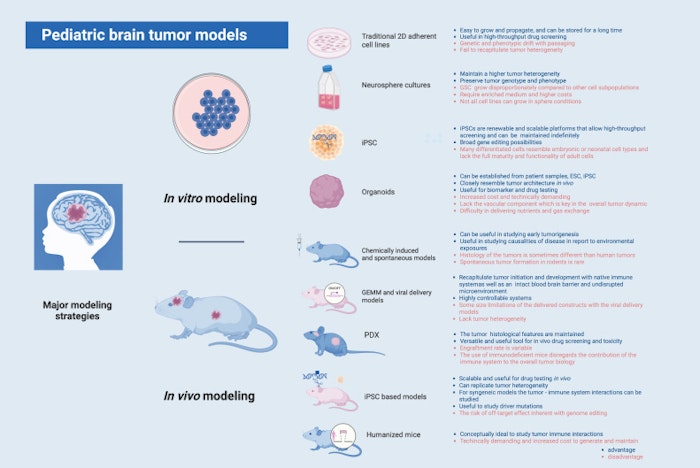Pioneering Models of Pediatric Brain Tumors

Abstract
Brain and central nervous system tumors are the second most common types of cancer in children and adolescents in the United States, after leukemias. Brain cancer remains the leading cause of death in the pediatric population, despite significant progress in diagnosis and treatment. To improve survival, preclinical models play a crucial role. Different models are used in pediatric brain tumor research, including genetically engineered mouse models, patient-derived xenografts and cell lines, and newer models that use novel technologies such as genome engineering and organoids. These models enable researchers to study particular genetic alterations and the functional mechanisms of those mutations in tumor biology. This article details how Children's Brain Tumor Network (CBTN) and other researchers have revealed multiomic landscapes of variable pediatric brain tumors, and integrating this data with novel technologies can help establish effective therapeutics for pediatric brain tumors.